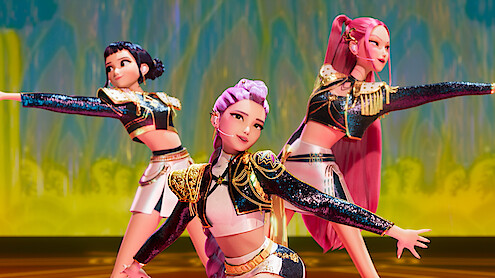A critical review of the animated film that’s got everyone talking
When you hear “KPop Demon Hunters,” you probably envisioned the same thing I did – stylish, charismatic pop stars wielding supernatural powers while belting infectious melodies. The concept alone sounds like it was designed to create as much internet buzz as possible. And judging by my social media feeds over the past few months, it’s working.
But after finally watching it, I’m left scratching my head wondering: what exactly is all the hype about?
The Promise vs. The Reality
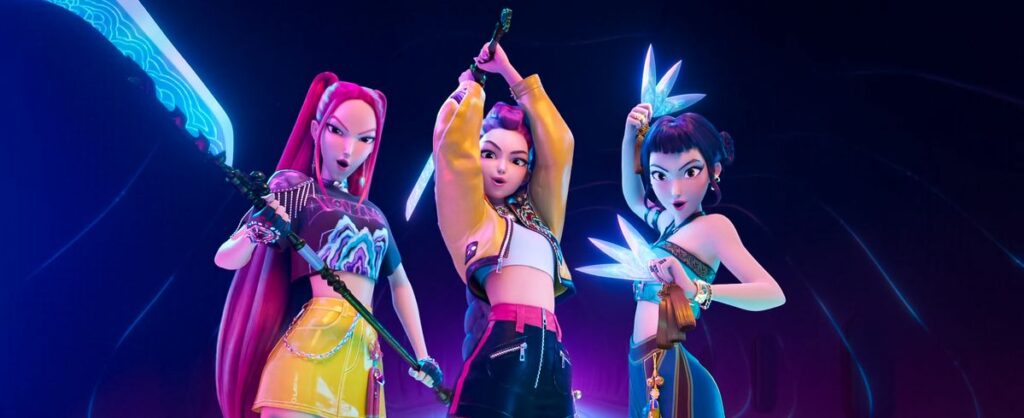
Don’t get me wrong – I went into this film wanting to love it. With my past experience being a diehard K-pop stan, combined with a minor obsession with Demon Slayer, it was an undeniable draw from the very start. The premise had so much potential: a group of K-pop idols who secretly battle demons between concerts, protecting humanity while maintaining their pop star personas. It’s campy, it’s audacious, and honestly, it sounds like the kind of guilty pleasure watch I was looking for. But, in reality – I was left feeling kind of hollow.
Where the Story Falls Short
The biggest issue with KPop Demon Hunters isn’t its wild concept – it’s that for a good chunk of the movie, I kept forgetting what the premise actually is.
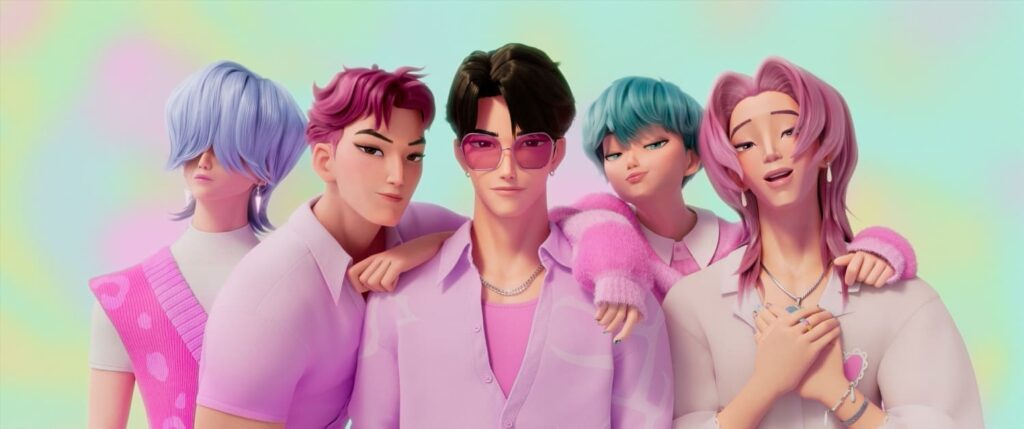
We first meet the HUNTR/X girls – Rumi, Mira, and Zoey – diving out of a plane, Avengers-style. Later, we meet their rival boyband, the Saja Boys: each member with flashy stage personas that double as demonic alter-egos.
With a runtime of 90 minutes, the film doesn’t leave much room for depth. The story is predictable, and the pacing feels rushed – we zoom from action sequence to musical number to romantic subplot without ever really settling into any one moment long enough to make it meaningful.
On paper, it should’ve been the ultimate showdown. Yet the narrative tends to lose focus, leaning so heavily into spectacle that the story feels like an afterthought. The movie seems almost afraid of its own seriousness, disrupting emotional scenes with a joke or a rush into the next scene. Side characters are barely developed, and by the halfway point, I found myself dazzled by the visuals but disconnected from the plot.
Take Zoey and Mira for example. Beyond their distinct personalities and fighting styles, what do we really know about them? Mira’s the serious one: brutally honest with a tough exterior, and Zoey’s the energetic one: naïve and bubbly – but these descriptions feel inadequate, especially considering their roles as members of the main girl group.
The result is a film that feels more like a really expensive music video compilation – think K/DA’s music videos stretched to 90 minutes. Which isn’t necessarily terrible – but it does leave you wanting more substance to match all that visual flair.
But Let’s Talk About What Actually Works.
I’ll give credit where credit is due: KPop Demon Hunters absolutely nailed the aesthetic elements.
The animation quality is genuinely impressive, especially during the musical performances. The character designs are sleek, distinctive, and the way the animators capture the girls’ facial expressions – from Zoey’s exaggerated love-heart eyes to Rumi’s moments of conflict – adds both relatability and humour. It’s entertaining, and the visuals are stunning and well-executed within its genre.
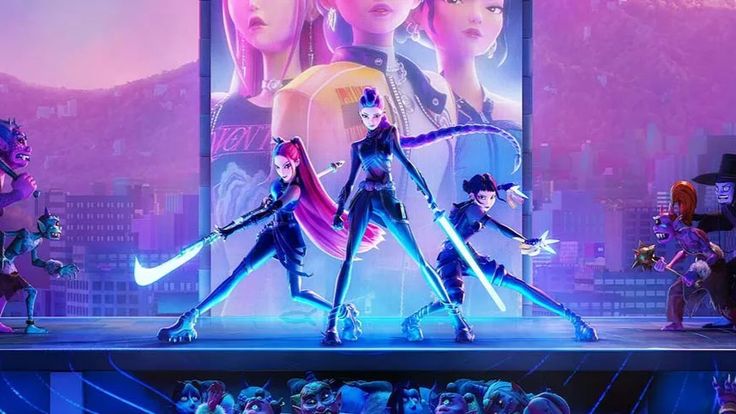
The performances are nothing short of spectacular. When HUNTR/X takes the stage, you can practically feel the energy radiating from the screen. And the soundtrack is undeniably catchy. The music producers clearly understood the assignment, creating songs that feel authentic to the genre, while preserving the film’s supernatural themes. The visual design of the demon realm and supernatural elements shows real creativity. It’s colourful, dynamic and genuinely really cool to look at.
The Cultural Context and Impact
It’s also worth acknowledging that KPop Demon Hunters hits the mark on cultural authenticity.
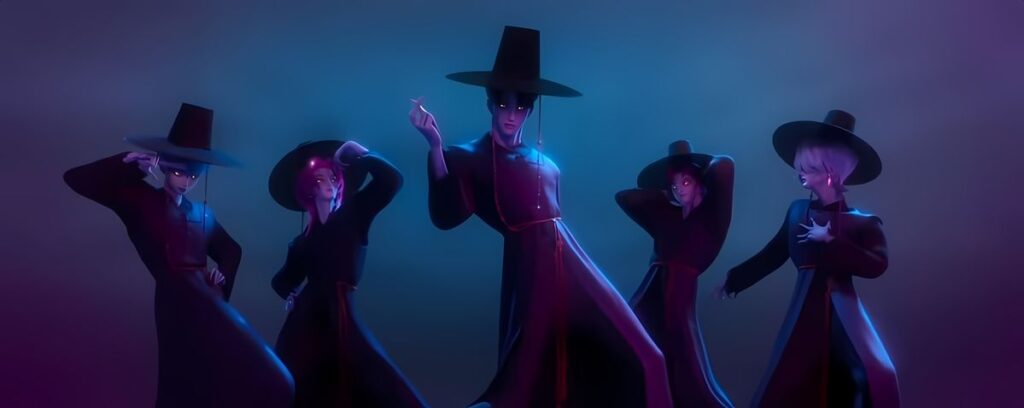
The animators took extra care to capture the Korean identity in subtle ways. From character designs referencing traditional Korean mythological elements like the jeoseung saja (grim reapers), to the smaller details of animating mouth movements to mimic Korean speech patterns, the animation team demonstrated a commitment to cultural authenticity.
Even if the narrative fell short, I can’t deny KPop Demon Hunters’ influence. The movie quickly became Netflix’s most-watch original animated film, and the soundtrack landed on Billboard charts, on par with K-pop powerhouses, BTS and BLACKPINK. It’s clearly part of a wider trend in K-pop globalisation, where music, animation and fan culture all intersect.
The Verdict
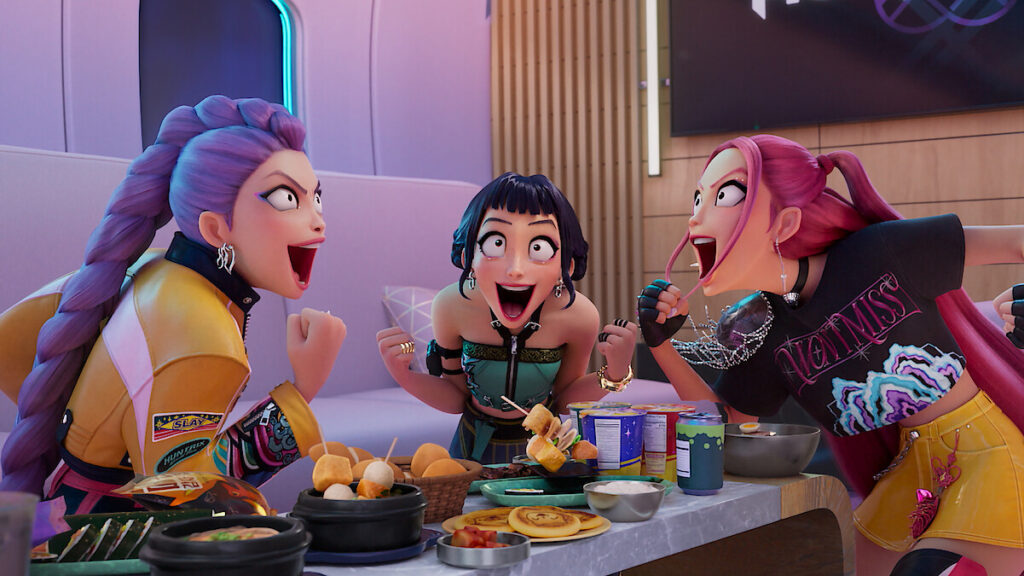
At the end of the day, KPop Demon Hunters is not unwatchable. It’s solid, entertaining, has spectacular visuals, and immersive action – yet not quite enough substance. I enjoyed parts of it, particularly the soundtrack and bold visuals, but the story left me wanting more. As someone who was genuinely excited about the concept, it wasn’t quite the masterpiece I expected.
Maybe the hype set my expectation a bit too high. I wanted this to be the next best thing, when it’s perfectly fine being a solid, enjoyable watch. And honestly? There’s nothing wrong with that.
If you’re curious enough to give it a watch, I’d say go for it. But don’t go into it expecting groundbreaking cinema – have a good laugh, enjoy the music, and take time to appreciate the stunning visuals.
